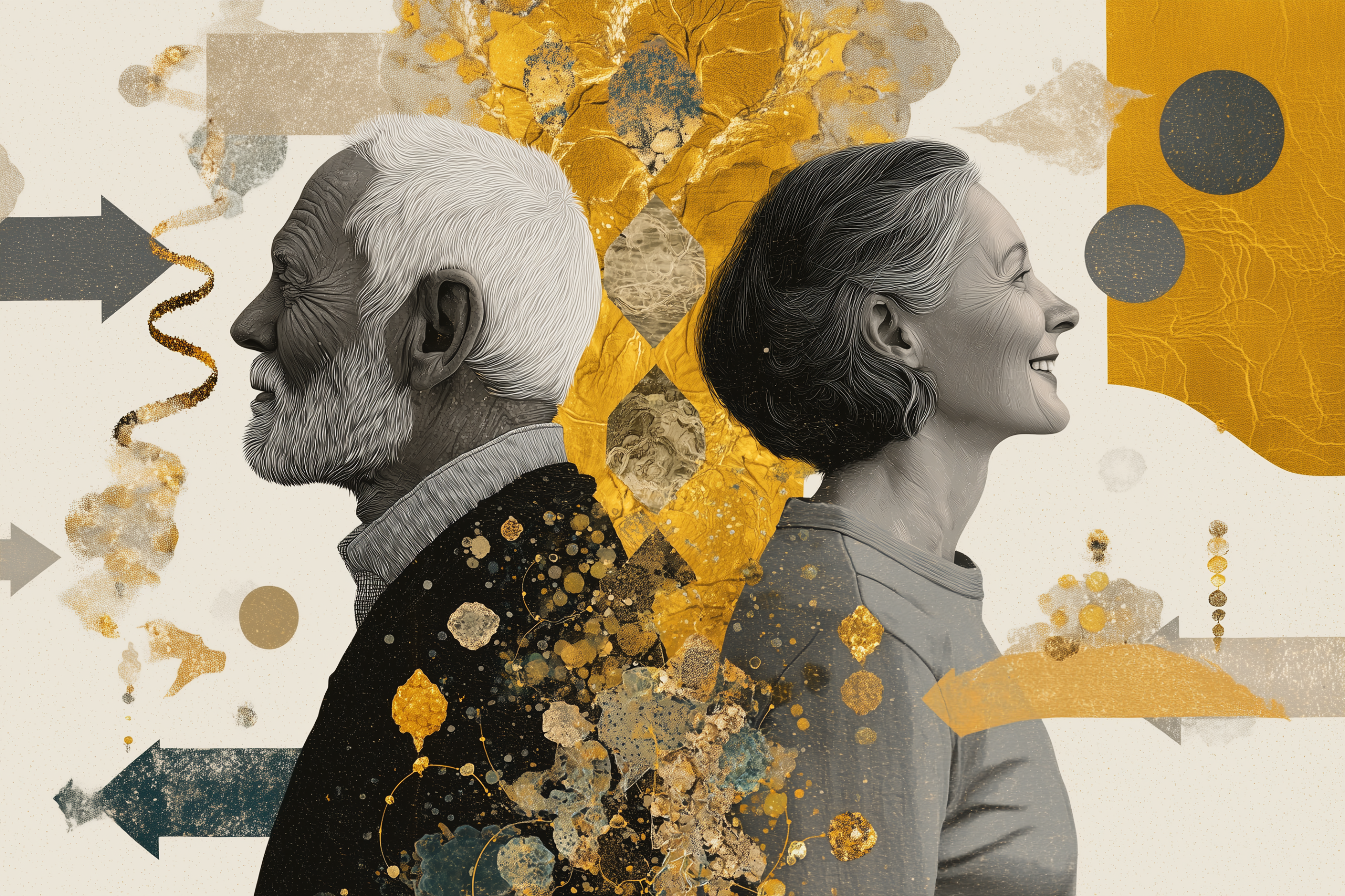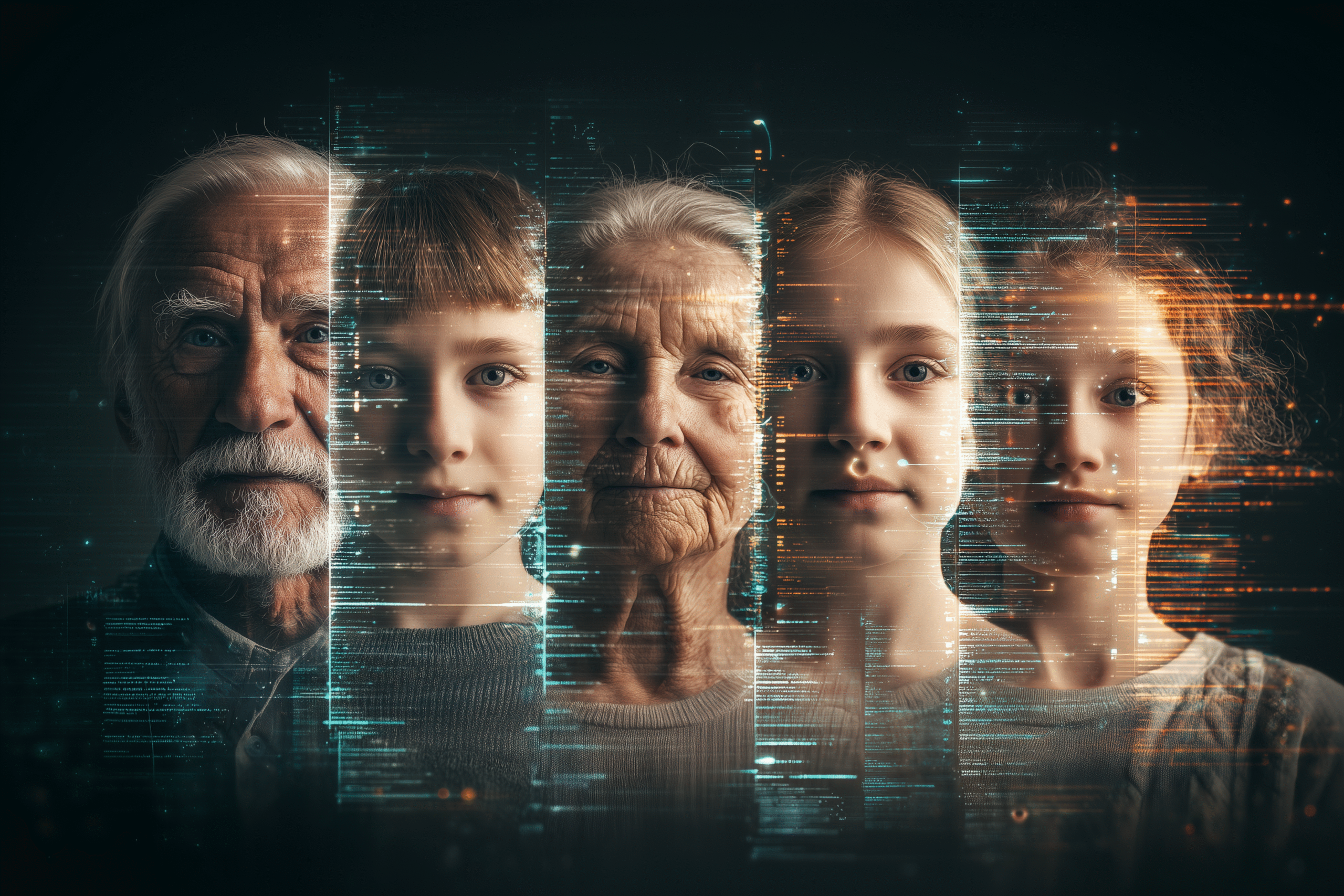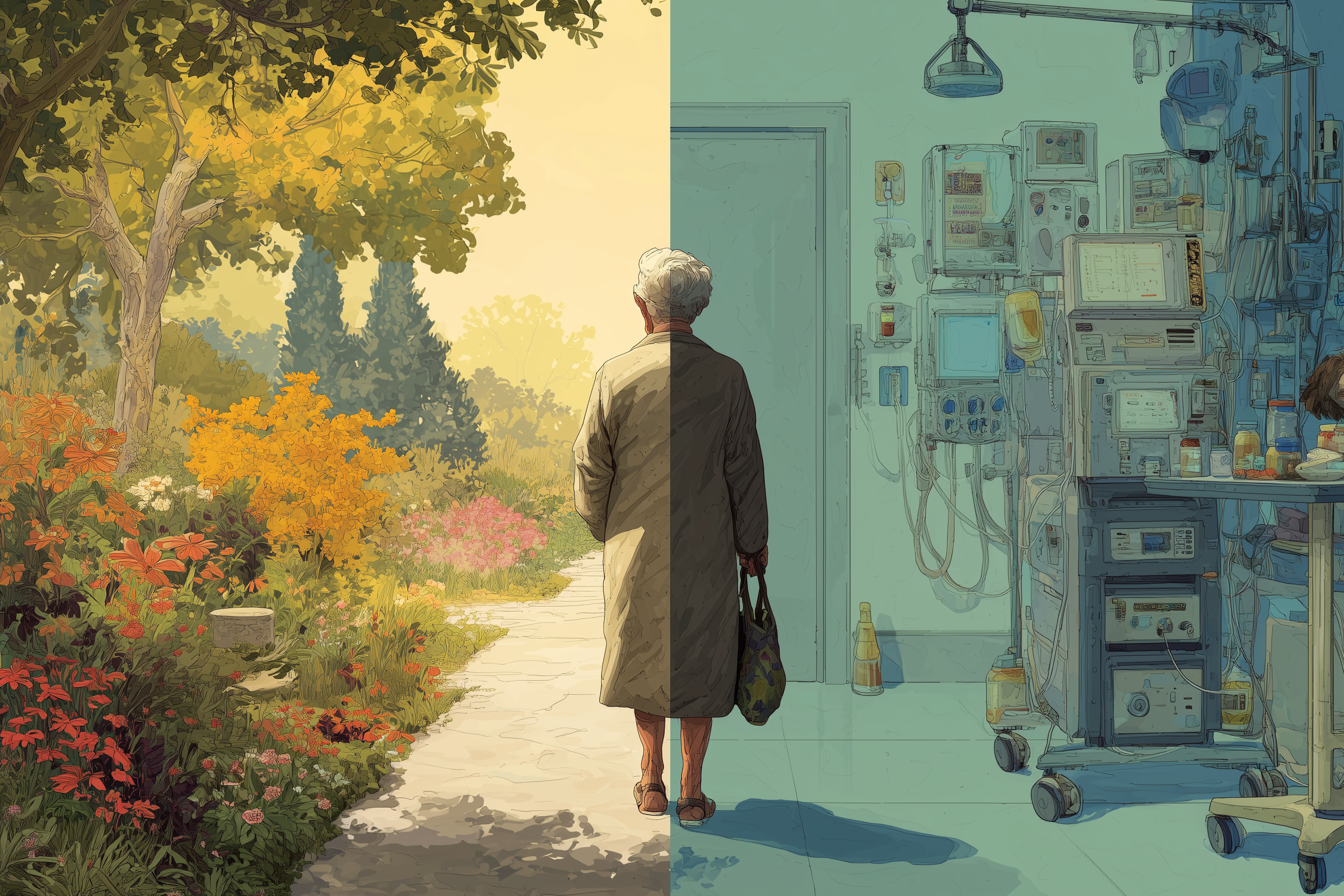The healthiest families don’t try to be healthy, they simply live in ways that make longevity inevitable.
Note: This article is for educational and informational purposes only. See full disclaimer at the end.
In our last insight, we discovered that longevity’s most powerful practices cost nothing. Today’s revelation runs deeper: these same practices become exponentially more powerful when woven into the fabric of family life. The research is clear—your family’s daily habits shape not just your lifespan, but the lifespans of generations to come.
Consider this striking finding: people living in multi-generational households show a 10% reduction in premature mortality [1]. Not because of superior genetics or expensive interventions, but because of something far more fundamental—the daily rhythms of shared life.
The longevity researchers studying three-generation families discovered something unexpected. It wasn’t the health-conscious families who showed the greatest benefits. It was the families who had inadvertently created systems where healthy behaviors were simply the easiest choice [2].
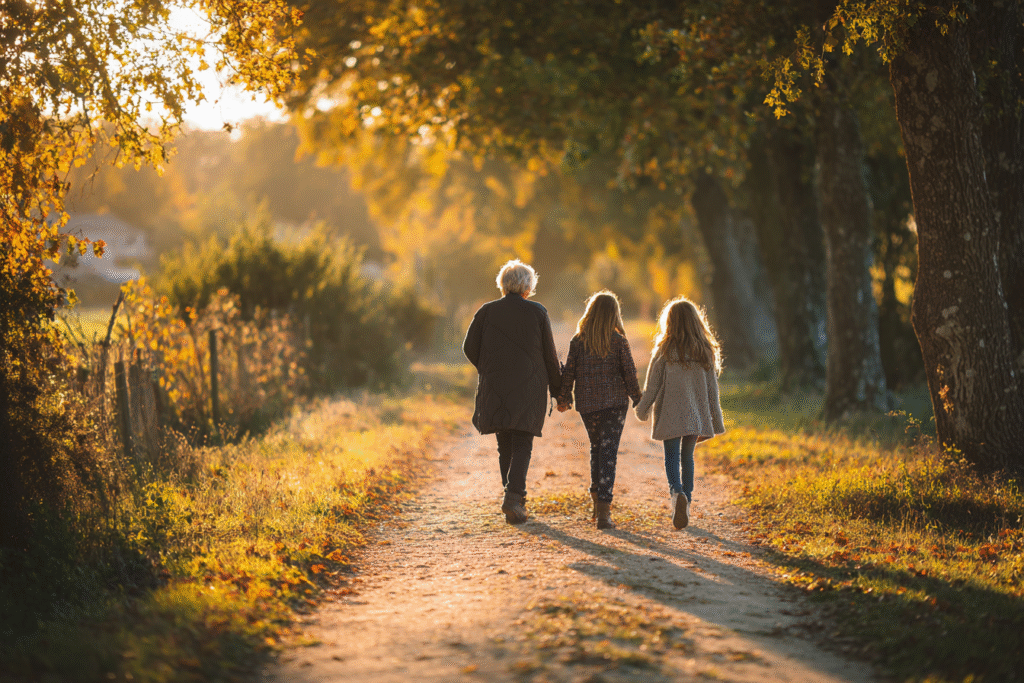
The Ripple Effect Nobody Measures
Think about how you learned to brush your teeth. Not through lectures about dental health or frightening statistics about cavities, but through the simple daily ritual of watching your parents stand at the sink every morning and night. This same invisible transmission happens with every health behavior, creating what researchers call “behavioral inheritance”—patterns that pass through families more reliably than any genetic trait.
The numbers tell a remarkable story. When parents engage in regular physical activity, their children are 6.3 times more likely to be highly active [5]. But here’s what the studies miss: it’s not about the parents exercising. It’s about children seeing movement as a normal part of daily life, as unremarkable as eating dinner.
A mother in Okinawa doesn’t tell her children about the importance of gardening for longevity. She simply tends her garden every morning, and her children help because that’s what families do. Decades later, those children maintain their own gardens, not as a health practice but as a way of being in the world [11]. The practice continues not through intention but through identity.
The Architecture of Accidental Health
Modern families often approach health as a project—something to be optimized, tracked, and achieved. But the world’s longest-lived families reveal a different truth: sustainable health emerges from structure, not effort.
In Sardinia’s mountain villages, family members don’t schedule exercise. The grandfather walks to the town square each evening because that’s where his friends gather. His grandchildren accompany him because they enjoy the stories he tells along the way. Three generations moving together, not for fitness but for connection [10].
The research on family physical activity reveals something counterintuitive: parental modeling matters less than parental support [4]. Children don’t become active because they see their parents exercise. They become active because their parents create environments where movement is natural, enjoyable, and shared.
Consider how this plays out in practice. A family that walks to the farmers market every Saturday morning isn’t “exercising”—they’re shopping. A grandmother teaching her grandchild to prepare traditional meals isn’t conducting a nutrition lesson—she’s sharing love through food. These activities build health without ever mentioning the word.
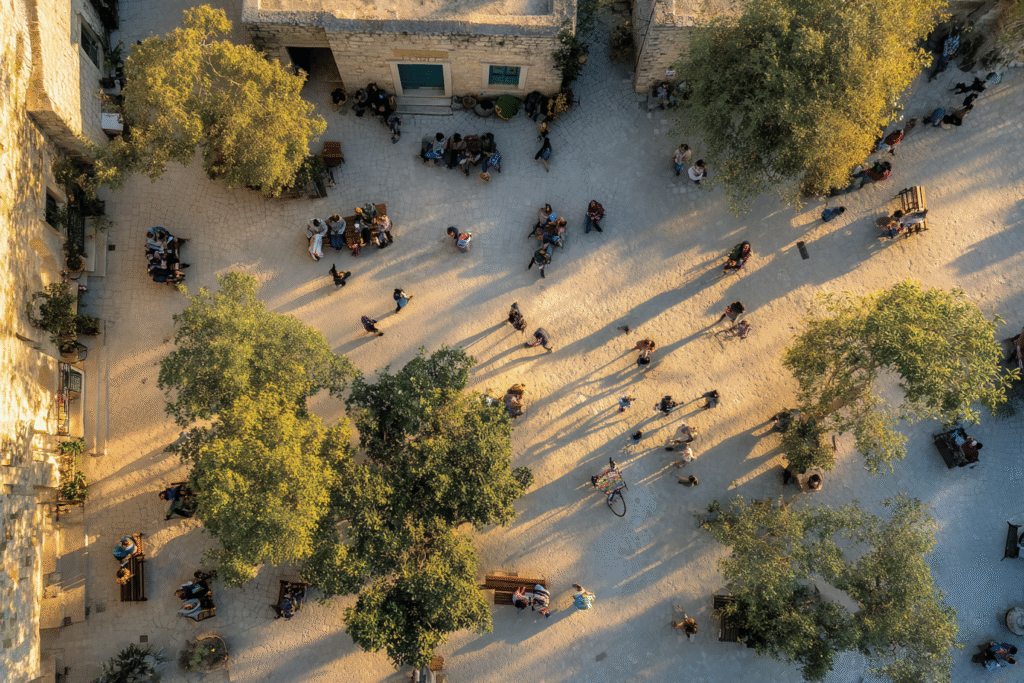
The Paradox of Modern Family Health
Here’s what we’ve gotten backwards: we’ve turned family health into individual projects that happen to occur under the same roof. Mom does yoga while Dad lifts weights. The teenager tracks steps while grandma attends water aerobics. Everyone pursuing health in isolation, missing the multiplier effect of doing it together.
The Chinese research on multi-generational relationships uncovered a surprising dynamic. Second-generation adults—those caring for both children and aging parents—showed improved health outcomes when they received support from their children, but declining health when only giving support upward to elderly parents [2]. The lesson? Family health flows in all directions, and everyone must both give and receive.
This challenges our assumption that health flows downward from parents to children. In thriving long-lived families, health circulates. The grandparent who teaches traditional cooking receives purpose and cognitive stimulation. The parent who organizes family hikes gets stress relief and connection. The child who helps in the garden develops both physical strength and family bonds.
The Lost Art of Collective Rhythm
Modern life has dismantled the natural rhythms that once made family health automatic. We eat at different times, sleep on different schedules, and move through our days in isolation. But the families who live longest together have maintained something precious—synchronized daily patterns that create health without trying.
In Okinawa, the concept of “moai” extends beyond friendship circles to family structures. These groups meet regularly, share meals, and support each other through life’s challenges [9]. But notice—they don’t meet to exercise or discuss nutrition. They meet to live, and health emerges from the living.
The evening meal becomes a meditation when three generations gather without screens. The morning routine becomes exercise when everyone helps prepare breakfast. The weekend becomes active recovery when families tend gardens or take walks together. Not health practices, but life practices that happen to extend life.
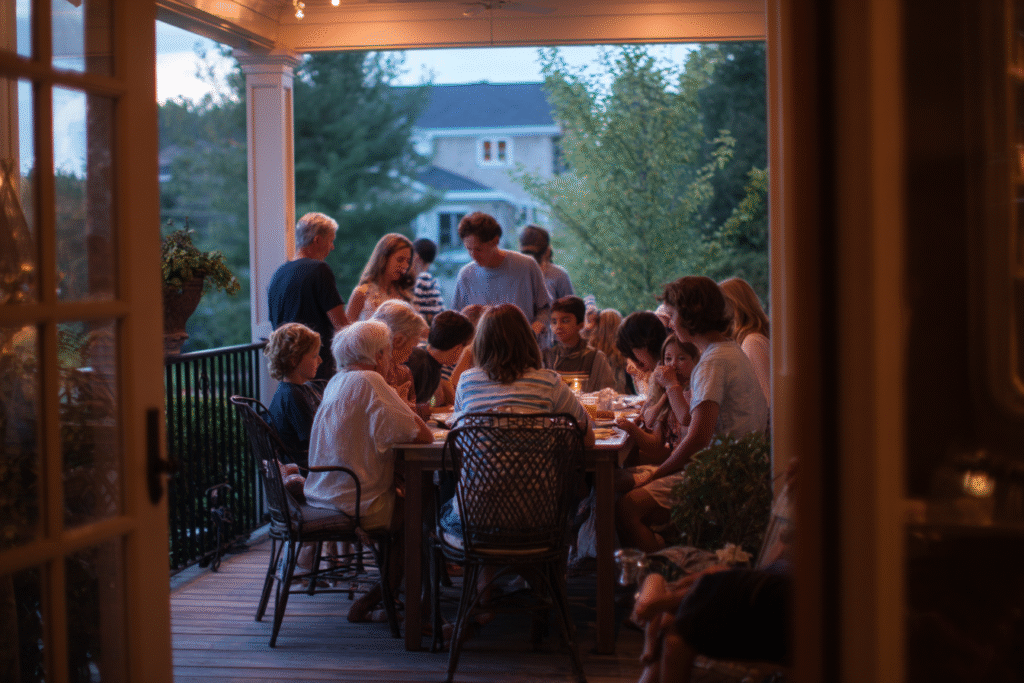
The Multiplication Secret
Here’s what individual health optimization misses: family health behaviors don’t add—they multiply. When a parent starts walking regularly, they don’t just improve their own cardiovascular health. They model movement, create active family time, reduce household stress, and establish patterns that can persist for generations [7].
The research on parent-child physical activity reveals the mechanism. It’s not mimicry—children don’t simply copy their parents’ exercise habits. Instead, active parents create what researchers call “activity-promoting environments” [6]. They live in walkable neighborhoods, own bikes, visit parks, and see movement as recreation rather than obligation.
But the multiplication goes deeper. A family that cooks together doesn’t just eat healthier—they slow down time. They create rituals. They pass on cultural knowledge. They build relationships that become protective factors against every major disease. The meal becomes medicine, but not in the way we usually think.
The Grandmother Effect
Science is just beginning to understand what traditional cultures have always known: grandmothers are longevity multipliers. The presence of grandmothers in a household doesn’t just add childcare—it transforms the entire family’s health trajectory [12].
Studies show that grandparents who care for grandchildren live longer, but that’s only part of the story. The grandchildren of involved grandparents show better health outcomes throughout life. The parents experience reduced stress and improved wellbeing. Three generations benefiting from what appears to be simple proximity but is actually complex reciprocal support.
Yet modern life has separated generations, breaking this natural longevity system. We’ve replaced the grandmother effect with professional childcare, the grandfather’s stories with screens, the multi-generational meal with drive-through efficiency. In pursuing individual optimization, we’ve abandoned collective thriving.
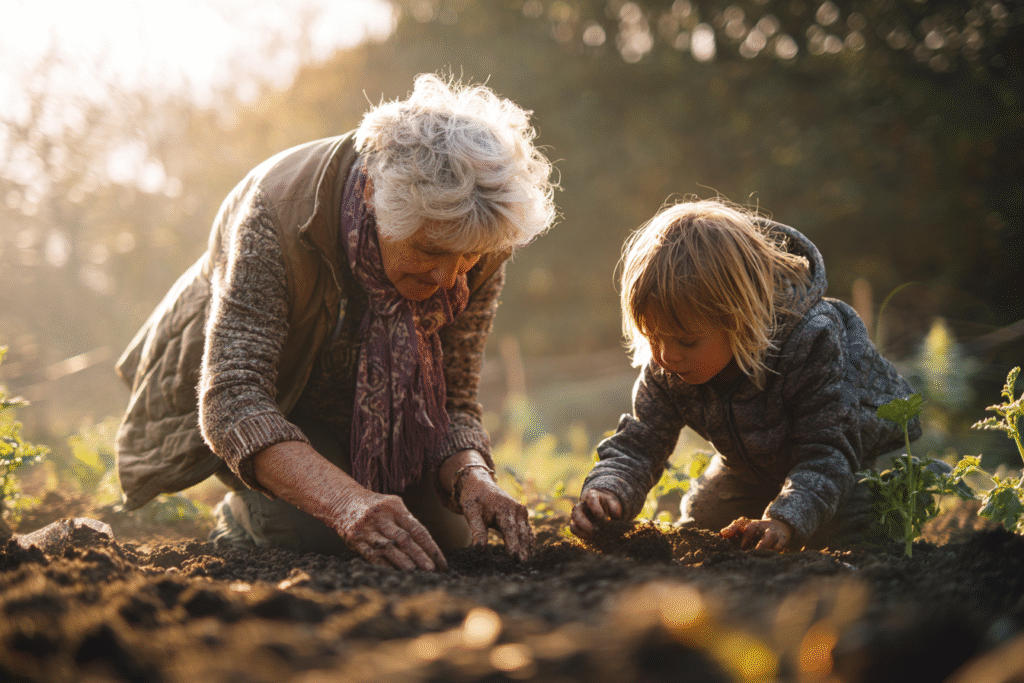
The Practice of Presence
The families who live longest together share a characteristic that no fitness tracker measures: they’re present with each other. Not quality time carved from busy schedules, but quantity time where health happens in the margins.
The Sardinian shepherd doesn’t schedule walks with his grandson—the boy simply accompanies him to check the sheep. The Okinawan grandmother doesn’t plan nutrition education—her grandchildren absorb it while helping prepare meals. Health transmission happens through proximity, not program.
This challenges our therapeutic culture’s emphasis on intentional, structured family health activities. The evidence suggests that informal, integrated practices create more lasting change than formal interventions [8]. The family that gardens together doesn’t need a fitness plan. The family that cooks together doesn’t need a nutrition app.
Breaking the Individual Optimization Trap
We’ve been sold the myth that family health is the sum of individual health choices. Mom optimizes her macros. Dad maximizes his VO2 max. The kids track their screen time. Everyone improving in isolation, wondering why the family feels less healthy than ever.
But longevity research reveals a different path. The healthiest families don’t optimize—they organize. They create structures where healthy choices are default choices. Where movement is transportation. Where meals are gatherings. Where rest is ritual.
Think about the last time your family was collectively healthy. Not when everyone was pursuing their individual fitness goals, but when you were simply living well together. Maybe it was a vacation where you walked everywhere. A summer of backyard dinners. A period when schedules aligned and stress decreased. These moments reveal what’s possible when family health emerges from structure rather than struggle.
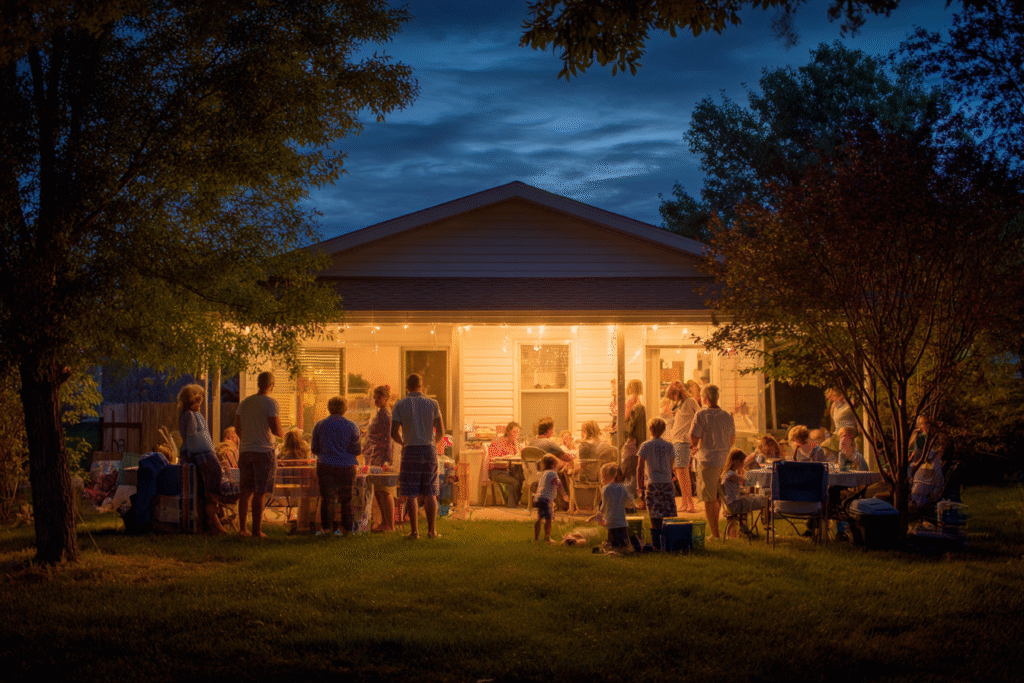
The Compound Effect Across Generations
The most profound aspect of family longevity practices is their compound effect across time. A child who grows up walking with grandparents doesn’t just develop an exercise habit—they internalize movement as connection. Decades later, they’ll walk with their own grandchildren, not to model healthy behavior but because that’s how their family connects.
The research on familial longevity shows that true longevity runs in families only when at least 30% of ancestors belonged to the top 10% of survivors [3]. This isn’t primarily genetic—it’s behavioral inheritance across generations. Patterns established by great-grandparents still shaping health outcomes today.
This generational view changes everything. The walks you take with your children aren’t just about today’s step count. They’re about establishing patterns that could influence health outcomes a century from now. Every shared meal, every garden planted, every evening walk becomes an investment in generational health.
The Integration Imperative
The tragedy of modern family health is that we know what works but can’t seem to implement it. We’ve read about Blue Zones, understand the importance of family meals, recognize the value of multi-generational connection. Yet we remain stuck in our individual optimization silos.
The barrier isn’t knowledge—it’s architecture. We’ve built lives where family health practices require heroic effort rather than happening naturally. Where eating together means coordinating four different schedules. Where three generations living nearby is seen as failure rather than wisdom.
But change doesn’t require moving to Sardinia or adopting an Okinawan diet. It requires recognizing that family health isn’t a collection of individual practices but an emergent property of how we live together.
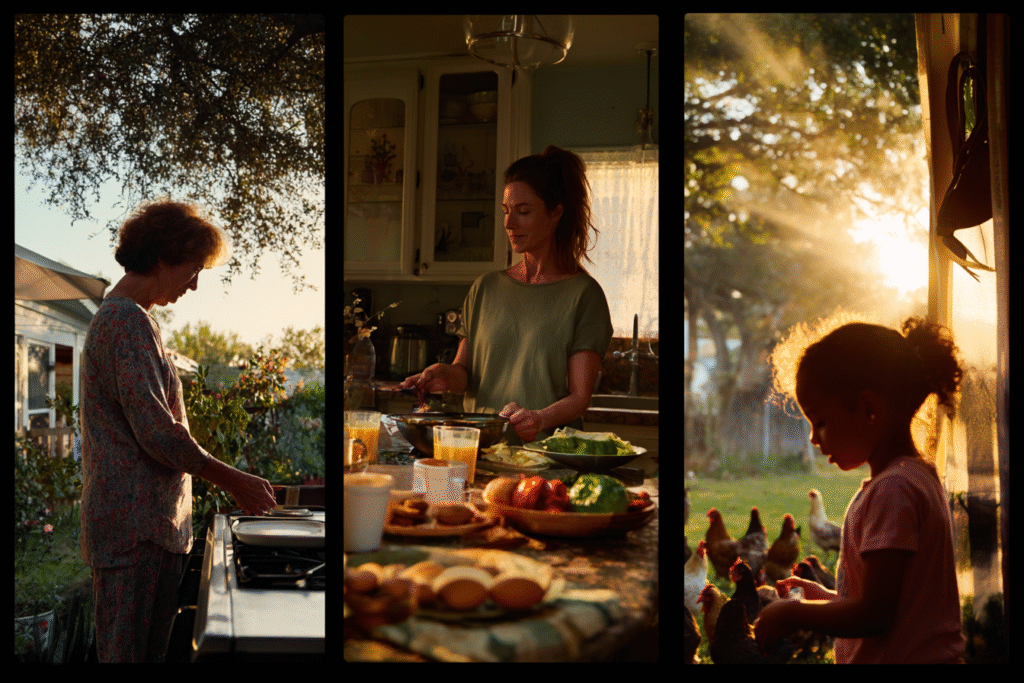
Your Family's Longevity Practice
Start with structure, not goals. Instead of declaring “we should exercise more as a family,” create a structure where movement happens naturally. The after-dinner walk. The Saturday morning market trip. The garden that needs tending.
Focus on rhythm, not rules. Don’t mandate family dinner—create a rhythm where dinner naturally becomes family time. Not every night, but enough nights that it becomes expectation rather than exception.
Build connection, not compliance. The goal isn’t to get everyone following the same health protocol. It’s to create shared experiences where health emerges from togetherness. The family that plays together doesn’t need to train together.
Most importantly, abandon the optimization mindset. Your family doesn’t need to be optimal—it needs to be connected. Connection creates health more reliably than any intervention, and health creates longevity more surely than any supplement.
The families who thrive across generations don’t have health plans. They have daily practices that happen to extend life. They don’t schedule quality time—they live in ways that make all time quality. They don’t teach health—they transmit it through proximity and presence.
Tomorrow, we’ll explore how technology can amplify these natural family patterns. But remember: the longest-lived families in the world have no apps, no trackers, no optimization protocols. They simply have each other, and that presence—maintained daily, practiced naturally, shared completely—becomes the most powerful longevity intervention ever discovered.
Because in the end, we don’t live long because we’re healthy. We’re healthy because we live—truly live—together.
See you in the next insight.
Comprehensive Medical Disclaimer: The insights, frameworks, and recommendations shared in this article are for educational and informational purposes only. They represent a synthesis of research, technology applications, and personal optimization strategies, not medical advice. Individual health needs vary significantly, and what works for one person may not be appropriate for another. Always consult with qualified healthcare professionals before making any significant changes to your lifestyle, nutrition, exercise routine, supplement regimen, or medical treatments. This content does not replace professional medical diagnosis, treatment, or care. If you have specific health concerns or conditions, seek guidance from licensed healthcare practitioners familiar with your individual circumstances.
References
The references below are organized by study type. Peer-reviewed research provides the primary evidence base, while systematic reviews synthesize findings.
Peer-Reviewed / Academic Sources
- [1] National Center for Biotechnology Information (2018) Living with parents or grandparents increases social capital and survival: 2014 General Social Survey-National Death Index. PMC. https://www.ncbi.nlm.nih.gov/pmc/articles/PMC5769098/
- [2] BMC Geriatrics (2023) Effects of family multi-generational relationship on multimorbidity and healthy life expectancy for second generations: insight from the China Health and Retirement Longitudinal Study. https://bmcgeriatr.biomedcentral.com/articles/10.1186/s12877-022-03714-z
- [3] National Center for Biotechnology Information (2020) Family matters in unraveling human longevity. PMC. https://pmc.ncbi.nlm.nih.gov/articles/PMC7746383/
- [4] International Journal of Behavioral Nutrition and Physical Activity (2020) Association between parent and child physical activity: a systematic review. https://ijbnpa.biomedcentral.com/articles/10.1186/s12966-020-00966-z
- [5] National Center for Biotechnology Information (2010) Parental Influence on Young Children’s Physical Activity. PMC. https://pmc.ncbi.nlm.nih.gov/articles/PMC2909717/
- [6] Australian Journal of Psychology (2019) Parents’ role constructions for facilitating physical activity-related behaviours in their young children. https://www.tandfonline.com/doi/full/10.1111/ajpy.12195
- [7] BMC Public Health (2019) Promoting physical activity in children through family-based intervention: protocol of the “Active 1 + FUN” randomized controlled trial. https://bmcpublichealth.biomedcentral.com/articles/10.1186/s12889-019-6537-3
- [8] National Center for Biotechnology Information (2016) Family-based interventions to increase physical activity in children: a systematic review, meta-analysis and realist synthesis. PMC. https://pmc.ncbi.nlm.nih.gov/articles/PMC4819691/
Industry / Technology Sources
- [9] Blue Zones (2018) Moai—This Tradition is Why Okinawan People Live Better, Longer. https://www.bluezones.com/2018/08/moai-this-tradition-is-why-okinawan-people-live-longer-better/
- [10] ORCLS Sardinia’s Blue Zone: A Haven for Longevity. https://www.orcls.org/sardinias-blue-zone-a-haven-for-longevity/
- [11] Blue Zones (2024) Okinawa, Japan – Blue Zones. https://www.bluezones.com/explorations/okinawa-japan/
- [12] Healthline (2024) Why People in “Blue Zones” Live Longer Than the Rest of the World. https://www.healthline.com/nutrition/blue-zones
